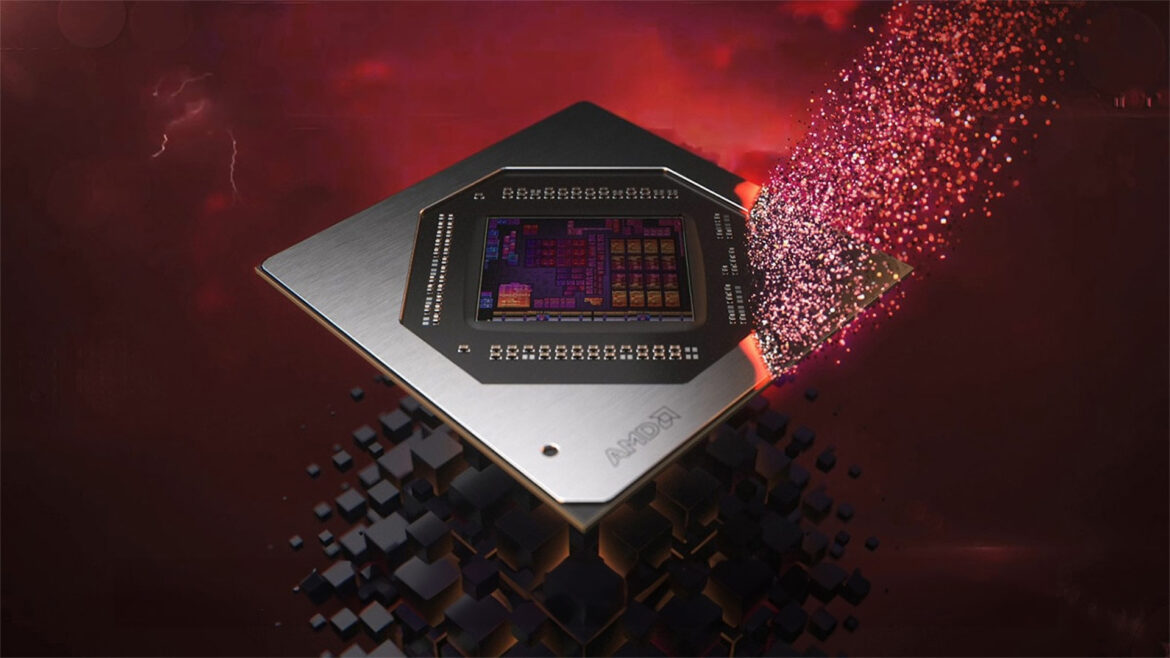AMD has added a graphics card called Radeon 9060 XL, that does not officially exist, into the list of products supported by its ROCm 6.4.2 software stack, noticed a VideoCardz reader. However, the Radeon 9060 XL may not be a name of a new product, but simply a typo on AMD’s part.
AMD’s list of products supported by the ROCm 6.4.2 software stack includes the company’s latest Radeon RX 9070 XT, RX 9070, RX 9070 GRE, RX 9060 XT, and RX 9060 XL, but lacks the RX 9060 model. While the document correctly points the latest Radeon RX 9000-series graphics cards to the gfx1200 and gfx1201 processors (as LLVM targets for compilers), it for some reason attributes them to the RDNA 3 microarchitecture, which is incorrect as they belong to the RDNA 4 family of GPUs.
You may like
(Image credit: AMD)
AMD has a lot of options to cut down its Navi 44 and Navi 48 GPUs, thanks to asymmetric harvesting to produce new models of graphics cards, and a cut-down version of a Navi 44 is certainly a possibility. However, it is unclear whether AMD needs a lower-end Radeon RX 9060-series SKU. Furthermore, keeping in mind that AMD sold around 700 – 750 thousand discrete graphics processors for desktop PCs in Q1 and Q2 2025, the company may not have enough lower-bin silicon to produce a new cut down product in significant volumes.
One may argue that RDNA 3 and RDNA 4 have a lot of similarities in terms of feature set, which is why AMD’s documents attribute the latest GPU hardware to the RDNA 3 generation, but this is not the case. Keeping in mind that RDNA 4 GPUs feature a new command dispatch processor, new matrix accelerators with FP8 data types support, revamped cache sub-system, new ray tracing engine with a new feature set, we are indeed talking about a new instruction set architecture (ISA) that is different from the RDNA 3. While both may have similarities, they are not the same both on the hardware level and to compilers (hence, new LLVM targets). Hence, this is a typo.
Follow Tom’s Hardware on Google News, or add us as a preferred source, to get our up-to-date news, analysis, and reviews in your feeds. Make sure to click the Follow button!

